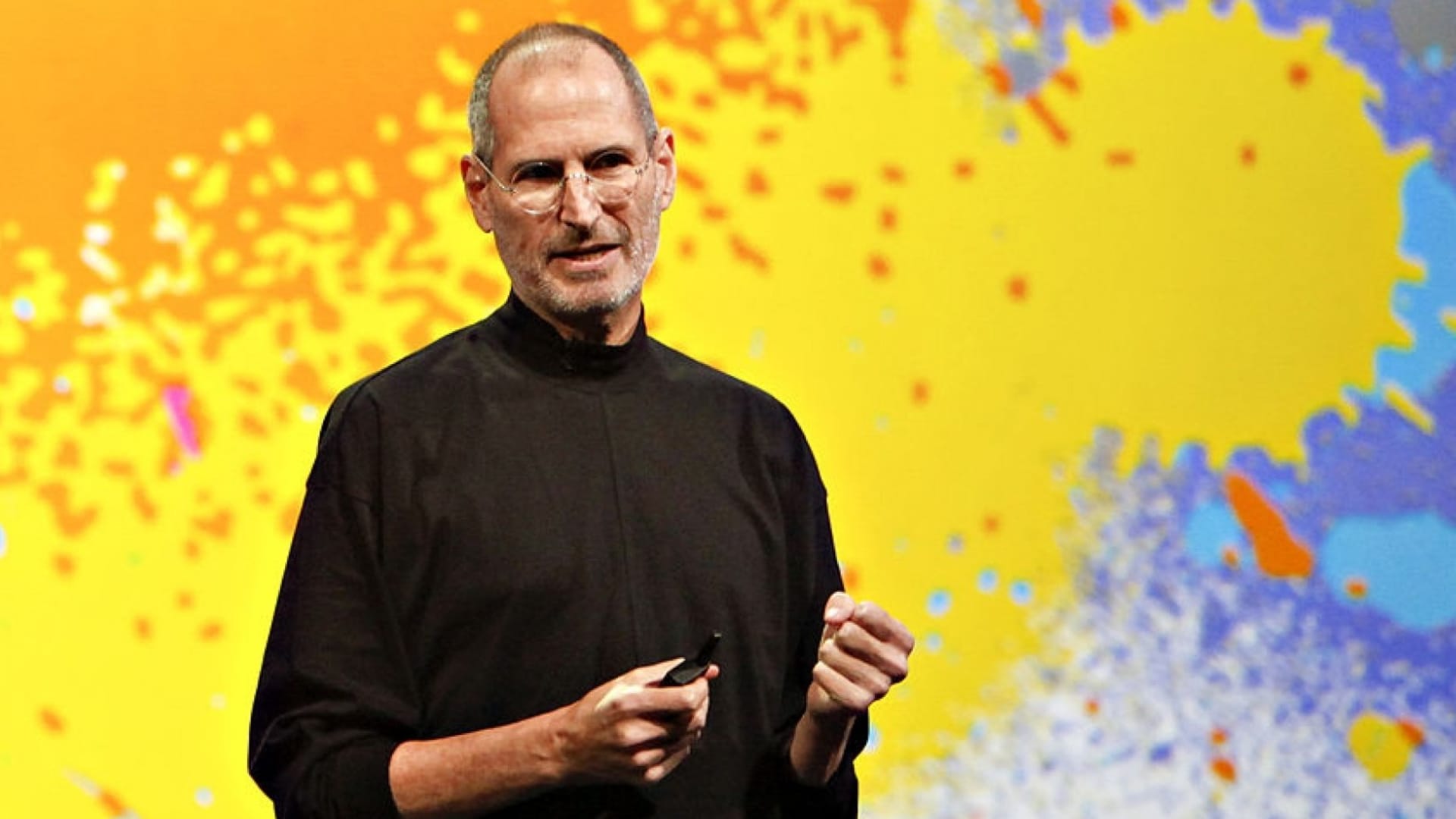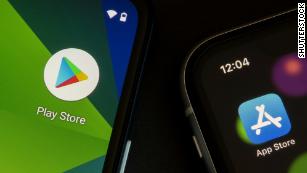In a recently published meeting agenda, Apple co-founder Steve Jobs teaches a master class in how to write a strategic plan.

On October 24, 2010, Apple CEO Steve Jobs sent a very important email.
It contained the agenda for the company’s upcoming „Top 100“ retreat, a top secret and super exclusive offsite management meeting that was reserved for 100 of Apple’s most influential employees.
The agenda, part of an email which was recently published in connection with the ongoing Epic v. Apple lawsuit, is long and detailed, with tons of lessons for business leaders. But it’s the first point on the agenda, entitled „2011 Strategy“ and assigned to Jobs himself, that stands out most.
Jobs’s agenda point consists of only six major bullet points, but each one teaches an amazing lesson.
The six points are as follows:
- Who are we?
- What do we do?
- Post PC era
- 2011: Holy War with Google
- 2011: Year of the Cloud
- 2015: New Campus
Let’s break each of them down.
Be intentional
Jobs begins with two very important questions:
- Who are we?
- What do we do?
Upon first glance, these questions might surprise you. After all, Jobs had been back as CEO of Apple for over a decade at this point, and had conducted one of the greatest turnarounds ever.
But Jobs knew well how easy it is to fall from the top. Apple had experienced huge success in the past, only to lose itself in a flurry of products and initiatives.
To keep history from repeating itself, Jobs knew Apple needed to continually question who it was and what it did. It had to clearly identify company leadership, values, and focus — and make sure to align its goals with its desired culture and purpose.
Takeaway: Your company will change as time goes on. Keep questioning yourself, and make those changes intentional, not accidental.
Identify your strengths
The next bullet point, „Post PC era,“ did two important things. First, it early identified the consumer shift of purchasing more mobile devices.
Just as important, though, it highlighted Apple’s strength in this nascent market.
„Apple is the first company to get here,“ Jobs wrote — which was entirely true, as the iPhone and iPad had proven revolutionary. Mobile products now accounted for 66 percent of the company’s revenues, with the iPad alone having outsold the Mac within six months.
The key for future success, as Jobs outlined, would be to leverage this shift through continued improvement of mobile devices, communication, apps, and cloud services — a strategy that Apple is continuing to follow over a decade later and that has transformed it into a trillion-dollar company.
Takeaway: Identify what your company does well in the context of the overall market. Then, double down on doing those things better.
Learn from competitors
The next bullet point encapsulated Jobs’s view of the competition:
2011: Holy War with Google
While it was true that the iPhone and iPad were revolutionary, Google had begun to surpass Apple in some ways — and Jobs knew it. Later in the agenda, he highlighted how Google’s Android operating system excelled at deeply integrating Google’s cloud services, admitting that Android was „way ahead of Apple“ in cloud services for contacts, calendar, and mail.
The goal, then?
„Catch up to Android where we are behind…and leapfrog them.“
Takeaway: Focus on your strengths, but ignore your weaknesses at your own peril.
Focus on one big thing
Jobs next clearly establishes the single most important priority for 2011, which he terms „the year of the cloud.“
Apple „invented“ the digital hub concept, writes Jobs, by using the PC as a hub for digital assets like contacts, calendars, photos, music, and videos. But the digital hub was shifting from the PC to the cloud, and Apple had to move fast.
„Google and Microsoft are further along on the technology,“ he wrote, „but [they] haven’t quite figured it out yet…. [We need to] tie all of our products together, so we further lock customers into our ecosystem.“
Identifying and executing on this priority was pivotal in helping shape Apple’s strategy for years to come, and in helping the company keep up with — and, in some ways, surpass — its competitors.
Takeaway: There are countless things you could be working on, a few things you should be working on, and only one thing that should be your top priority.
Figure it out, and make sure everyone is working to support it.
Look to the future
Jobs’s final bullet point is only three words:
2015: New Campus
Of course, this was a reference to what eventually became „Apple Park,“ the company’s 175-acre campus and futuristic office complex that now serves as the its corporate headquarters. This was one of the final projects pitched by Jobs, a workplace that would embody the spirit of Apple and inspire employees to continue to „think different.“
Sadly, Jobs didn’t live to see construction on Apple’s new campus begin. However, he set the plans in motion and was heavily involved in the design of the campus, reportedly specifying even small details about building materials and other features.
And in April 2017, two years later than originally planned, Apple Park was opened to employees.
Takeaway: Focus on the here and now. But always, always plan for the future.
There it is.
A single agenda topic. Six major bullet points. Just enough words to form a few paragraphs, at most.
Yet, those few words contain a master class in business strategy:
1. Be intentional
2. Identify your strengths
3. Learn from competitors
4. Focus on one big thing
5. Look to the future
Take a page out of Steve Jobs’s playbook and use those five steps to help plan your business strategy.


